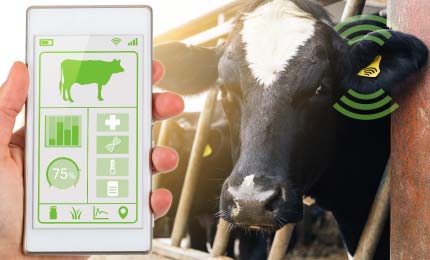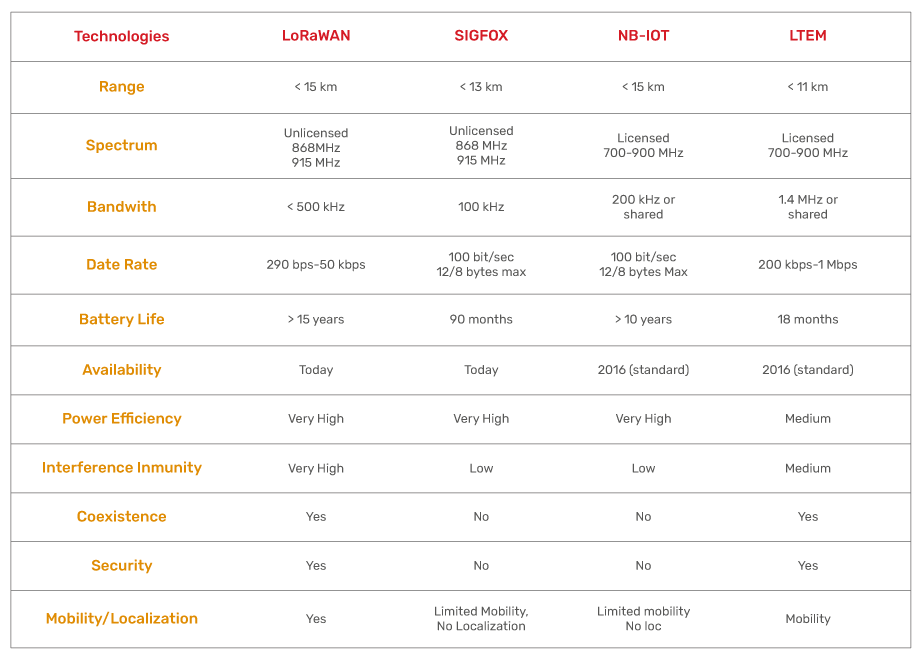Technology
Vision
5G Architecture
TaaS -Telco as a service-
Wi-fi offload
Hyperelastic Network
BSS System
Firewatch
Monitoring Tools
3G/4G/5G nodes
Compact Core
eSIM Platform
Managed Services
Interworking functions
VoLTE IMS
LoRaWAN
Digital-first experience
LoRaWAN Network Server
The internet of things is growing remarkably, with more than 25 billion devices expected by 2025. Besides 3GPP-based IoT solutions (LTE-M and NB-IoT), unlicensed low-power wide-area networks are gaining momentum as they offer low cost, low power, and long-range characteristics perfectly suitable for many IoT applications.
JSC Ingenium Network Server solution for LoRaWAN technology allows communication service providers to capitalize on all potential new revenue opportunities and the cost-saving the solution will bring by reutilizing current Mobile and IoT connectivity platform infrastructures.

The advantages of JSC Ingenium Solution
A one-stop-shop solution for M2M and IoT connectivity based on 3GPP Network and LoRaWAN
A Real-time and flexible platform with built-in asset management, monitoring, and Billing functionalities
Reliable and secure design based on years of experience in telecommunication
and IoT filed
Scalable virtual and cloud-native solution to fit your needs
Solution Architecture and Position
JSC Ingenium’s Network Server is a solution integrated within the M2M/IoT Core and BSS/OSS Platform allowing communication service providers to manage and operate all LoRaWAN communications, securely and reliably, and transmit all information to external any Application Server: IoT clouds – Google, AWS, Azure, IBM Watson…-, ERP, BMS (Building Management System) or WMS (Warehouse Management System), mobile applications, business applications…

Main features of Network Server include:
- Asset management capabilities of Network Server allows for Remote management and configuration of LoRa sensor nodes and gateways.
- LoRaWAN devices and gateways can connect to Network Server, and the service can be automatically provisioned.
- Network Server receives LoRaWAN device messages, filters them based on the defined rules, and routes them to other application servers.
- Network Server can collect usage reports and dispatch them to the Billing system.
- The solution also provides real-time monitoring and control of the LoRaWAN network events and alarms.
- It is an open platform with well-defined API Interfaces that would simplify the integration with third parties .
What is LoRaWAN Technology?
LoRaWAN is an ultra-low-power, low-frequency wireless communications technology designed for the Internet of Things and operates in unlicensed bands, which significantly lower service costs.
LoRaWAN allows you to deploy new secure networks for M2M/IoT communications, special for environments without mobile coverage or Wi-Fi
The advantages of LoRaWAN technology
- Ultra-low battery consumption, allowing for autonomy > more than 12 years.
- City layer to transmit information at very long distances > 15 km.
- Encrypted peer-to-peer communications. -AES 128 encryption-.
- Interoperability between public and private networks and hybrid models.
- Allows bidirectionality. LoRaWAN can establish two-way communications between deployed end nodes and gateways or antennas. In this sense, there are three kinds of bidirectionality associated with higher or lower energy consumption in each case, allowing you to choose one or the other class depending on the requirements of the service:
- Class A — Allows an object to send information to an antenna and then receive it immediately afterward. It’s the mode that consumes the least energy.
- Class B — Allows the connected object to receive data at different times of the day, regular and set intervals in advance.
- Class C — Allows the receiver to receive data continuously. The latter case is the one that consumes the most energy.
- Ultra-fast and simple deployment, no wiring required, and most importantly, no need for mobile network coverage.
- Low data transfer (up to 242 bytes, up to 50 kbps).
- Redundancy. Each sensor simultaneously and indiscriminately emits multiple antennas at once, ensuring delivery and ensuring that communication is always done.
- Open technology. Ensures compatibility with any type of sensor.
- Ability to geolocate assets and/or people without the need for GPS technology.
- High tolerance to interference in urban environments.
- And global standards. It has a large open Standard ecosystem (Apple/Android).
- Global mobility. Seamless, Roaming.
- It allows air registration (OTAA) of end nodes and has the capacity multicast.
LoRaWAN differs mainly from other machine-to-machine communication technologies in that it operates in free-to-license bands, without the need, also of large infrastructure deployments, which significantly lowers the service.
Keys to other technologies:
- Ecosystem maturity.
- Ultra-minimum power consumption.
- Optimal operation:
- in noisy urban environments.
- Critical scenarios that cannot be inhibited.
- Bidirectionality.
- Interoperability in public networks and private networks.
- Economic.

Technology
